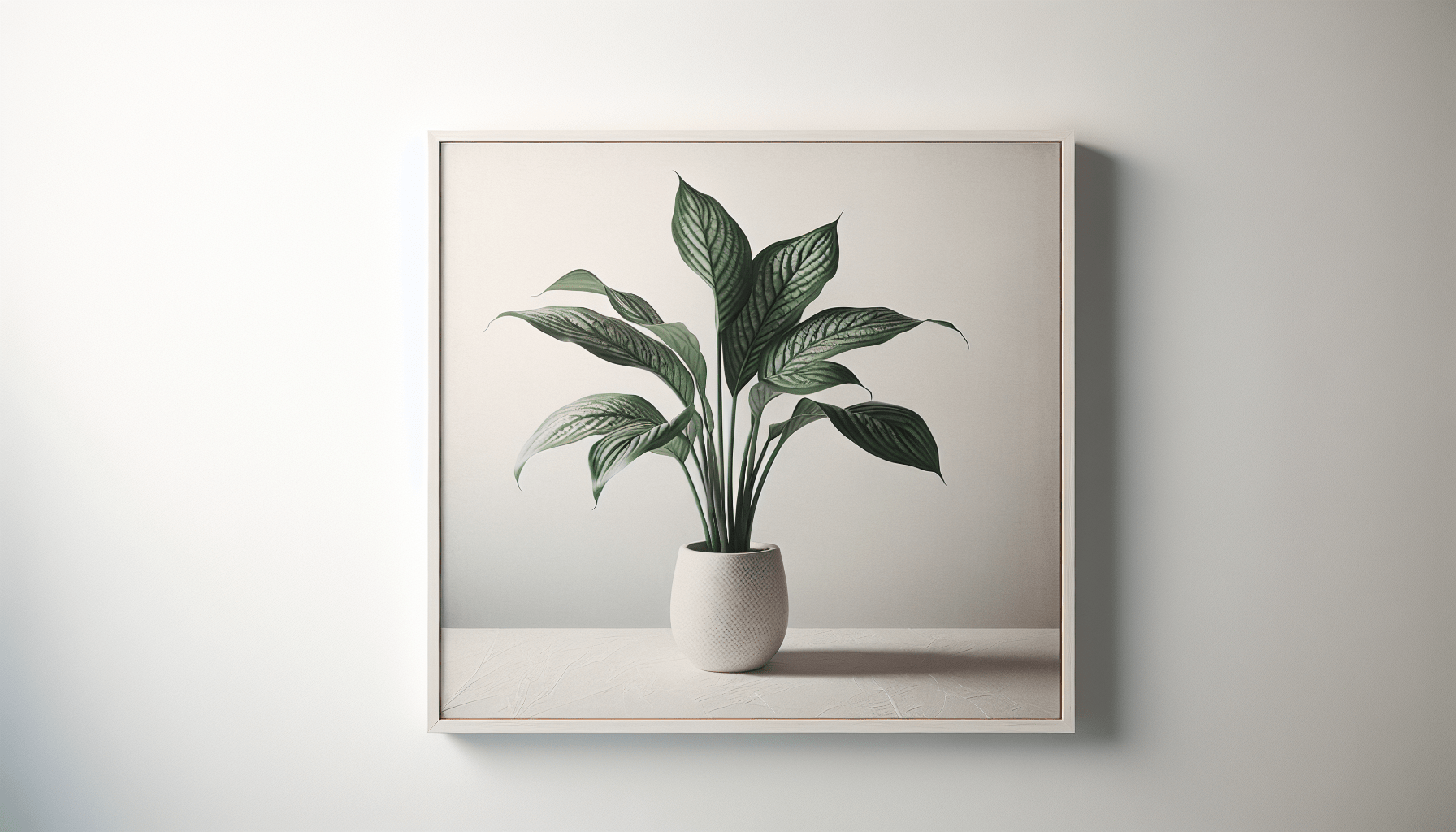Are you tired of sneezing and itching every time you step into your own home? Well, fear not, because we have the solution for you! In our beginner’s guide to selecting allergy-friendly plants for indoor decor, we will provide you with all the tips and tricks you need to create a beautiful and allergen-free environment. Say goodbye to stuffy noses and watery eyes, and say hello to a fresh and vibrant space that will leave you feeling refreshed and rejuvenated. With our easy-to-follow guide, you’ll be able to choose the perfect plants that not only add a touch of green to your decor but also help to purify the air. So, let’s get started on this exciting journey towards a healthier and more aesthetically pleasing home!
Understanding Indoor Allergies
Indoor allergies can have a significant impact on your health and overall wellbeing. Common indoor allergens include dust mites, pet dander, mold spores, and certain plants. These allergens can trigger symptoms such as sneezing, coughing, itchy eyes, and congestion. Understanding the effects of indoor allergies on your health is essential in creating a healthy and comfortable living environment.
Choosing Hypoallergenic Plants
One effective way to reduce indoor allergens is by selecting hypoallergenic plants for your indoor decor. These plants have attributes that make them less likely to cause allergic reactions, making them a great addition to any home or office. There are numerous benefits to having allergy-friendly plants, and certain criteria can help you identify the best options for your needs.
Best Allergy-Friendly Plants for Indoor Decor
When it comes to selecting allergy-friendly plants for indoor decor, certain species stand out for their hypoallergenic properties. These include the Areca Palm, Bamboo Palm, Boston Fern, Dracaena Janet Craig, Snake Plant, Rubber Plant, Philodendron, Spider Plant, Peace Lily, and ZZ Plant. These plants have been proven to have low allergenicity and can thrive in indoor conditions.
Characteristics of Allergy-Friendly Plants
Allergy-friendly plants possess specific characteristics that make them suitable for indoor decor. They have low pollen production, reducing the risk of triggering allergies. These plants also have non-irritating sap or leaves that are less likely to cause skin or respiratory reactions. Additionally, allergy-friendly plants tend to have minimal odor and do not release airborne allergens, making them ideal for individuals with sensitivities.
Placement and Care Tips
Proper placement and care are crucial for maintaining allergy-friendly plants in your indoor environment. Choosing the right location for your plants involves considering factors such as light exposure, temperature, and humidity levels. Some allergy-friendly plants thrive in bright, indirect light, while others require more shade. Maintaining proper humidity levels through the use of humidifiers or trays of water can help create an optimal environment for your plants. Watering and fertilizing techniques also play a significant role in the health of your plants. Overwatering can lead to mold growth and attract pests, while under-watering can cause stress and wilting. Regularly dusting the leaves and inspecting for pests is essential to prevent infestations.
Alternatives to Traditional Plants
If you or your household members have severe allergies or are unable to care for live plants, there are alternative options available. Air-purifying plants, such as the Peace Lily or Spider Plant, can clean the air while requiring minimal maintenance. Artificial plants can replicate the look of real plants without causing any allergies. Lastly, creating a terrarium with non-allergenic materials and artificial plants can provide a visually pleasing indoor garden without the potential risks associated with live plants.
Considerations for Pet Allergies
For those with pets, it is essential to select plants that are safe for them as well. Some plants, such as the Areca Palm, are non-toxic to both cats and dogs. However, certain plants can be harmful or toxic to pets if ingested. It is crucial to research and choose plants that are known to be pet-friendly and non-toxic to prevent any potential health issues.
Other Ways to Reduce Indoor Allergens
In addition to selecting allergy-friendly plants, there are other steps you can take to reduce indoor allergens. Regular cleaning and dusting of your living spaces can help remove allergens such as dust and pet dander. Using HEPA filters in your HVAC system or air purifiers can further improve indoor air quality by trapping allergens. Avoiding scented candles and air fresheners can prevent irritation or allergic reactions in sensitive individuals. Lastly, keeping windows closed during high pollen seasons can minimize the entry of outdoor allergens into your home.
Seeking Professional Advice
If you have significant allergy concerns or are unsure about the best choices for your indoor environment, it is always a good idea to consult an allergist. They can perform tests to identify specific allergens that may be affecting you and offer personalized recommendations. Additionally, reaching out to plant specialists or nurseries can provide valuable insight and guidance in selecting the most suitable hypoallergenic plants for your indoor decor.
Conclusion
By understanding indoor allergies and the effects they can have on your health, you can take proactive steps to create a healthy and beautiful indoor environment. Selecting hypoallergenic plants for your indoor decor, such as the Areca Palm, Bamboo Palm, or Boston Fern, can help reduce allergens and improve air quality. Consider planting allergy-friendly plants with low pollen production, non-irritating sap or leaves, minimal odor, and no airborne allergens. Proper placement, care, and maintenance of these plants, along with other allergen-reducing strategies, like regular cleaning and using HEPA filters, can further minimize indoor allergens. With these tips and considerations, you can enjoy the benefits of allergy-friendly indoor plants while creating a healthy and beautiful home or workspace.
